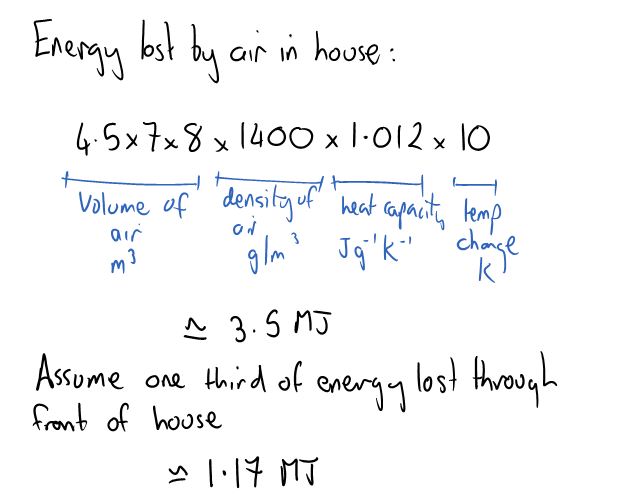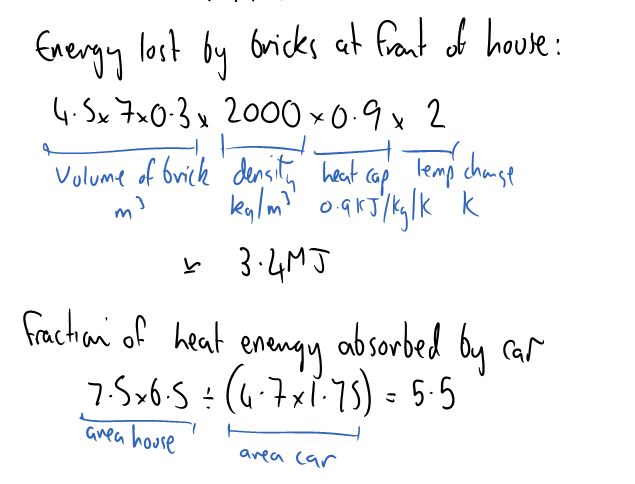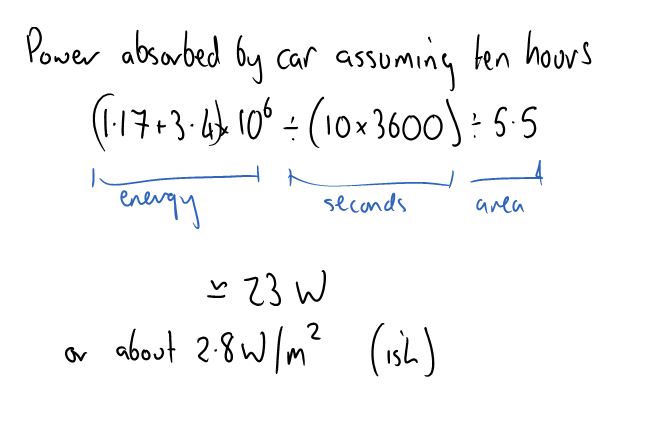This Fooyah Communication concerns the weather and cars. It does not concern the fact that my car doesn’t like starting if the temperature is below 2 Celsius and nor does it concern the run of cold weather recently. I also have not done any controlled, scientific tests to confirm my observations but I would be interested in doing so.
Observation:
When there is a frost and the cars in my street have ice on the windows the side of the car that is closest to the buildings has less or zero ice.
Hypothesis:
One side of the car is warmer than the other resulting in less ice.
Mechanism:
The nearby buildings radiate heat and keep that side of the car warmer or slow its loss of heat.
Pretty picture:

Cars parked in the road in position A have less ice on the SW facing side which is nearest the buildings in the street. Cars parked in position B have less ice on the NW side which is closest to the buildings there. It is not a phenomenon to do with the sun as both of these positions are shaded from the sun’s rays in the early morning and there isn’t any sun when I go out to the car in the deep dark midwinter.
Most of the houses in these streets were built around 1880 and so have brick-thick walls and no cavities to insulate. Therefore they radiate the heat energy of the house quite efficiently. I need to park my car outside a modern house with cavity insulation to see what effect that has on the frost of the car.
Some not-very-sciency-maths-stuff:
I have made a huge number of simplifcations in the following calculations but the order of the result will be about correct and if it isn’t then I am sure that one of the F5 +1 will let me know. Essentially I have estimated the amount of energy lost by the air in my whole house and have assumed that about one third goes through the front of the building (the roof is quite well insulated). I have also assumed that the bricks of the house will lose some heat over the night and that this is radiated out although some will be radiated in. Then the car absorbs the energy without any loss. Basically, the final answer is a big ISH.
So the car absorbs about a couple of Watts per metre squared. That seems about right, but what do I know? Thermodynamics freaked me out at college!



